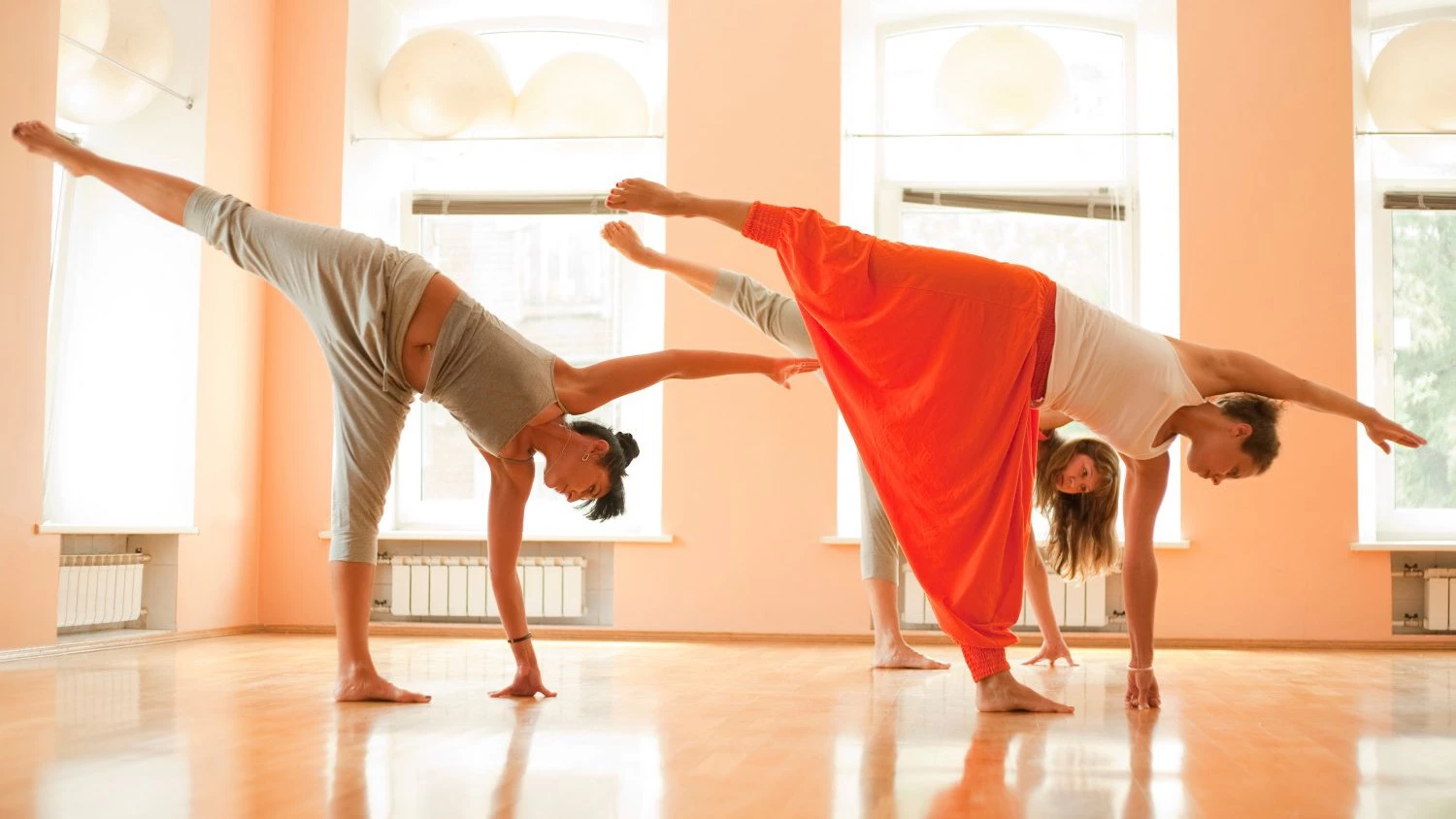Shri Daiva Yoga: John Friend Launches New School of Hatha Yoga

John Friend began the New Year by announcing a new system of Hatha yoga called Shri Daiva yoga. The new system arises from collaborations with Desi Springer of Vital Yoga in Denver, Colorado, and, according to Friend, centers on alignment technologies for the healing and energetic expansion of the mind, body, and heart. Shri Daiva yoga has at its basis in The Roots, a 108-pose sequence developed by Desi and her sister. Friend describes the sequence as one of the most complete and powerfully transformative that he has encountered in his forty years of Hatha yoga practice.
John Friend is known to most as the founder of Anusara yoga, the first major American-born yoga school without a direct lineage from India. Friend amassed 600,000 students and trained and certified thousands of teachers through the Anusara yoga trademark until allegations of sexual and financial misconduct in 2012 lead him to retire from the Anusara organization.
Shri Daiva yoga will have much in common with Anusara yoga. Both schools follow Tantric yoga philosophy, and in both systems, alignment principles are foremost. But Shri Daiva yoga, according to Friend, differs from Anusara yoga in that it arises from a new paradigm of dynamic biologic alignment described as biotensegrity.
Tensegrity is a term coined by Buckminster Fuller to describe a system where the structural shape is guaranteed by continuous, tensional behaviors of the system. The system is held together by these dynamic elements and functions in strong mechanical integrity as the load increases.
Biotensegrity is a concept developed by Dr. Stephen Levin, a surgeon looking for a way to think of the human body more holistically than the constructs of Newtonian physics, according to his website biotensegrity.com. According to Dr. Levin, “biological structures such as muscles, bones, fascia, ligaments and tendons, or rigid and elastic cell membranes, are made strong by the unison of tensioned and compressed parts.” Rather than being mechanical systems of separate limbs that perform separate bending movements, biological organisms are organized as tensegrity systems in simple load-distributing structures of tension and compression.
In Shri Daiva yoga, according to Friend, the body is seen as bones and connective tissue forming struts and tension lines, which can be aligned optimally to create a balance of push-and-pull energies, resulting in tensile strength, flexibility, and lightness in the body.
Shri Daiva yoga emphasizes engaging the gluteus muscles to help root and align the femurs. A “root spiral” is visualized in the lower part of the body, and a “wing spiral” in the upper part of the body to create a balanced alignment from the T-12 band, writes Friend. With this rooted lower body, extended upper body, and correct alignment of the T-12 band, a tensegrity is created within the whole body. The spiraling actions in the arms, shoulders, legs, and hips, harmoniously uniting in a uniform curve at the T-12 band, create amazing strength and flexibility in the body in every type of position, and tone and recalibrate the neuro-glandular system.
Shri Daiva yoga will not do teacher certifications or trademark licensing, but rather will focus on conducting yoga workshop intensives, immersions, and teacher seminars, for all Hatha yoga students of any school. Shri Daiva yoga also incorporates a holistic, disciplined lifestyle of living foods and meditation as part of the practice.


